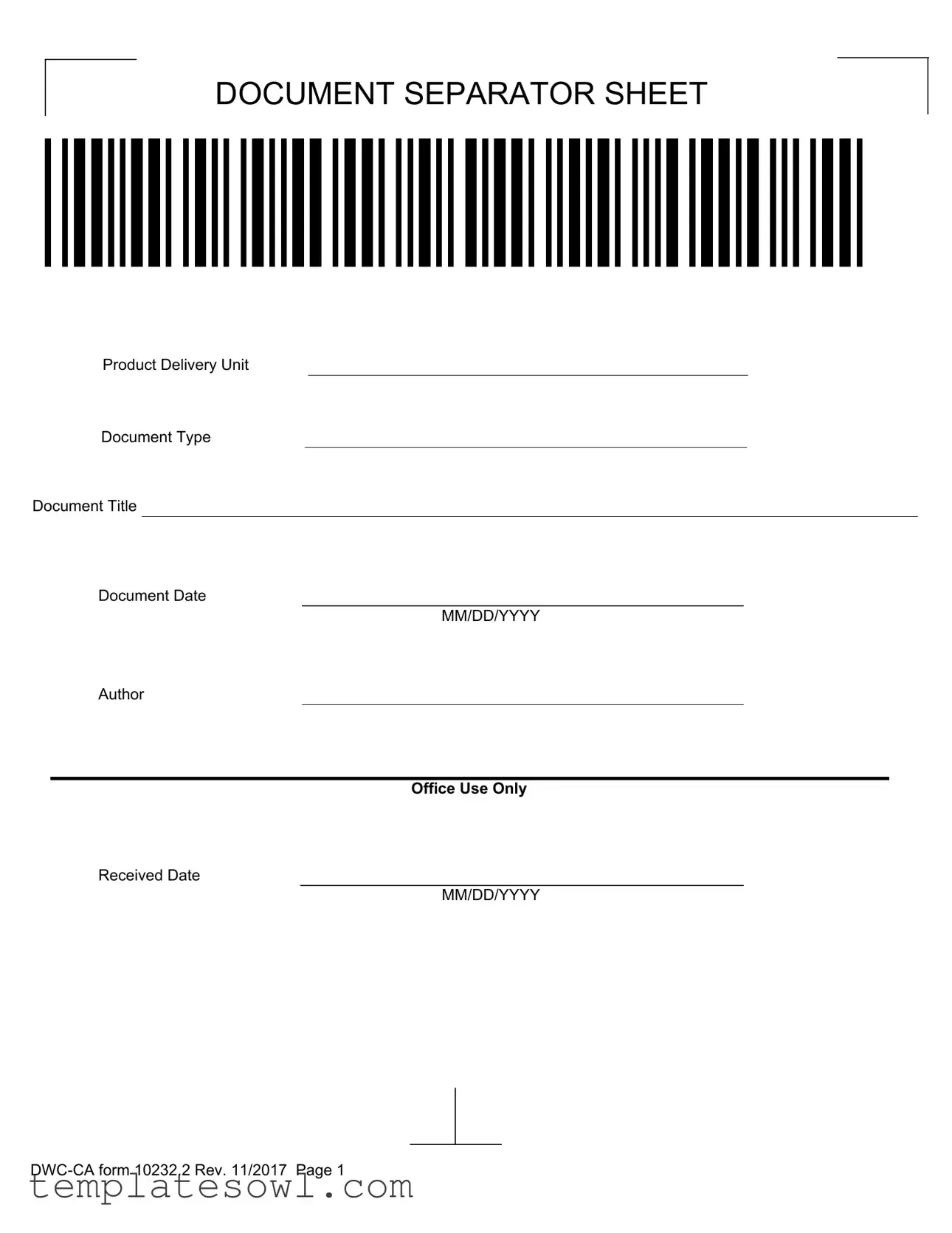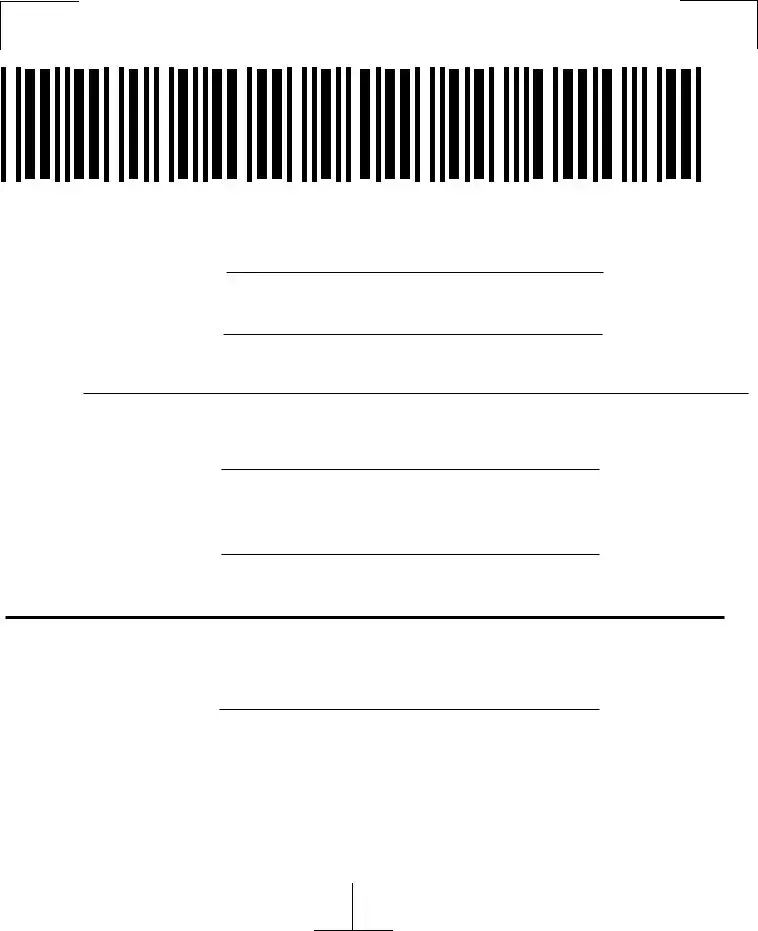What is a Document Separator Sheet?
A Document Separator Sheet is a form used to clearly identify and separate different types of documents in a file. It helps ensure that all relevant papers are organized and easy to locate, which is crucial for effective document management.
What information do I need to provide on the Document Separator Sheet?
You will need to fill in several key pieces of information. This includes the Product Delivery Unit, Document Type, Document Title, Document Date (in MM/DD/YYYY format), and the Author. Additionally, there is space for “Office Use Only” and “Received Date” fields, which should be completed as appropriate for your internal tracking.
When should I use a Document Separator Sheet?
Use the Document Separator Sheet any time you are submitting multiple documents. It is particularly useful when dealing with different types of forms or paperwork that need clear differentiation. Consistently using this sheet will help maintain clarity and organization in your documentation process.
Is the Document Separator Sheet mandatory?
While not always mandatory, it is highly recommended. Using the Document Separator Sheet improves organization and can facilitate quicker processing of your documents, especially in environments where multiple submissions are common.
How should I complete the Document Separator Sheet?
Fill in all the required fields legibly. Ensure the information is accurate and complete. Use the MM/DD/YYYY format for dates. Once filled, place the Document Separator Sheet at the front of the documents it corresponds to, which aids in proper sorting and review.
Where can I find the Document Separator Sheet form?
You can usually obtain a Document Separator Sheet through your office's forms repository or online resources. If you are unable to locate it, reach out to your administrative support for assistance in acquiring the form.

